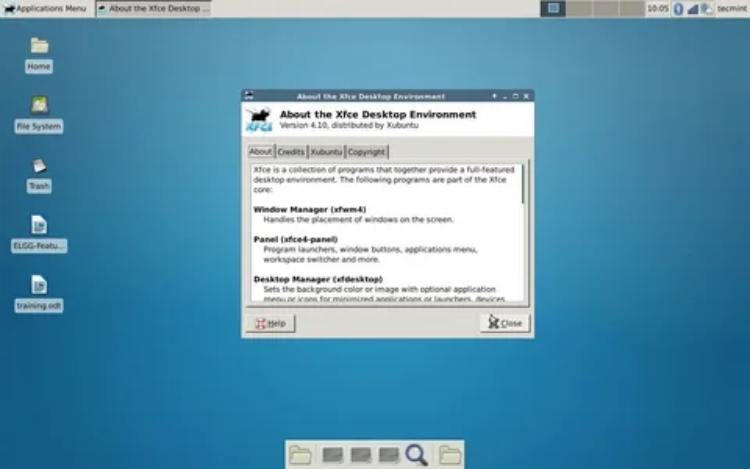Introduction
Linux, an open-source operating system, has garnered a devoted community of users and developers over the years due to its flexibility, stability, and security. One of the fundamental pillars that support this vibrant ecosystem is the Linux How-To guides. These guides serve as invaluable resources for both newcomers and seasoned users, offering step-by-step instructions and solutions to various challenges that arise while using Linux. In this article, we will explore how Linux How-Tos unleash the potential of Linux by empowering users through knowledge sharing.
Democratizing Linux Knowledge
Linux How-Tos act as a democratizing force by making Linux more accessible to a broader audience. Unlike commercial operating systems, where support often relies on paid services, Linux relies heavily on its community for assistance. How-Tos bridge the knowledge gap, enabling users to find solutions to their problems without relying on costly support services. They foster a sense of collaboration and camaraderie among users, which is at the heart of the Linux philosophy.
Empowering Users with Self-Sufficiency
By offering clear and concise instructions, Linux Howtos enable users to become self-sufficient problem-solvers. When users encounter an issue, they can search for relevant guides online and apply the provided solutions to resolve the problem independently. This self-sufficiency not only saves time and resources but also fosters a deeper understanding of the Linux system.
Fostering a Learning Culture
Linux How-Tos contribute to fostering a learning culture within the Linux community. As users contribute their knowledge and experiences to create new How-Tos or enhance existing ones, they continually enrich the collective knowledge base. This collaborative learning process leads to a deeper understanding of Linux and its underlying principles, driving innovation and problem-solving within the community.
Supporting Diverse Use Cases
The Linux community spans a wide range of users, from casual desktop users to system administrators managing complex server infrastructures. Linux How-Tos cater to this diverse audience by covering a vast array of use cases. Whether it’s setting up a web server, configuring network settings, or optimizing performance for gaming, there are How-Tos available to guide users through these specific tasks. This versatility enables Linux to adapt to various needs and purposes, further solidifying its position as an operating system of choice.
Encouraging Experimentation and Customization
Linux is renowned for its customizability, which allows users to tailor the system to their exact requirements. Linux How-Tos encourage users to experiment and modify their setups fearlessly, knowing that they can find guidance if they encounter challenges along the way. This freedom to customize not only enhances the user experience but also opens doors to innovative use cases that may not be readily apparent in other closed-source systems.
Facilitating Troubleshooting and Bug Fixing
As with any complex software, Linux can sometimes encounter issues or bugs. How-Tos become invaluable resources in such situations, offering troubleshooting steps and temporary fixes until official patches are available. The collaborative nature of Linux How-Tos means that solutions often come from the wider community, who may have encountered and resolved similar issues themselves.
Conclusion
Linux How-Tos are more than just technical guides; they embody the spirit of open-source software and the Linux community. These guides provide a platform for knowledge sharing, fostering a culture of collaboration, learning, and self-sufficiency. As Linux continues to evolve and gain popularity, the power of How-Tos will remain instrumental in empowering users, unleashing the true potential of this remarkable operating system. Whether you’re a Linux beginner or a seasoned user, embracing and contributing to the wealth of How-Tos is a rewarding way to engage with the Linux community and maximize your Linux experience.



